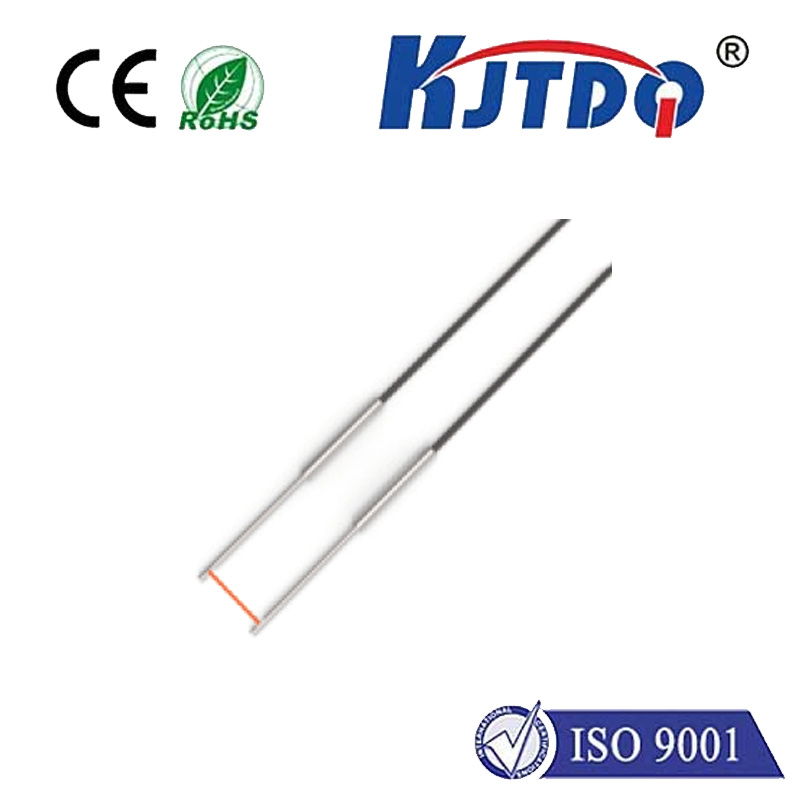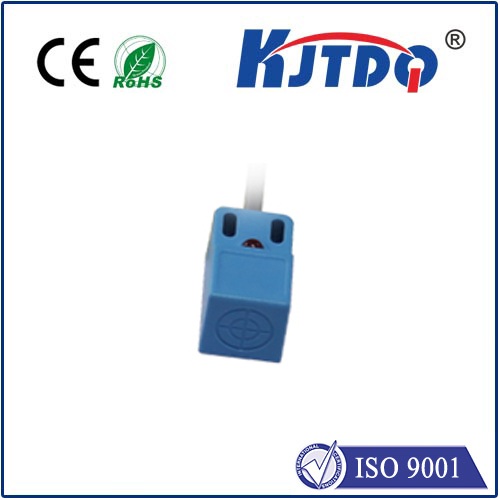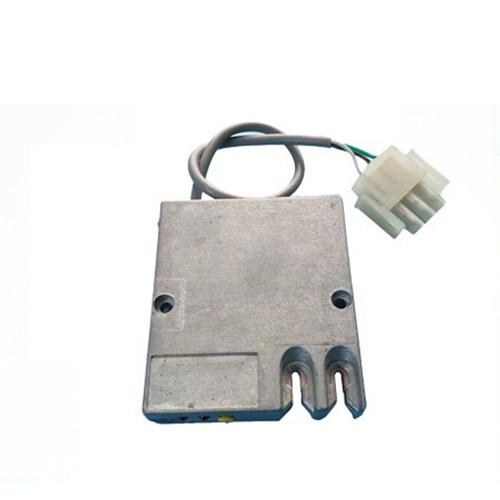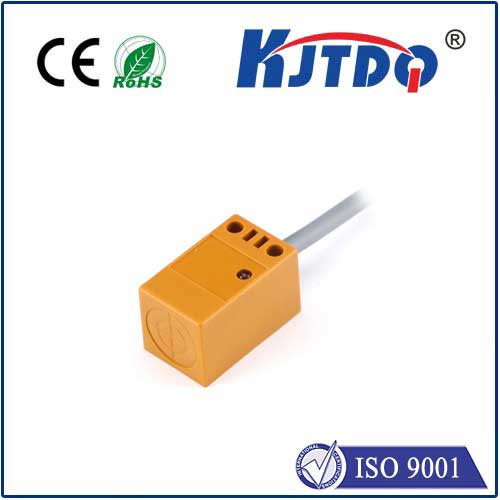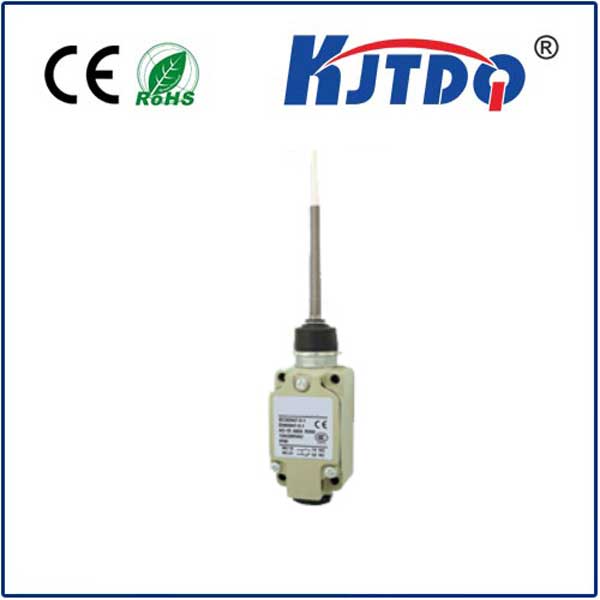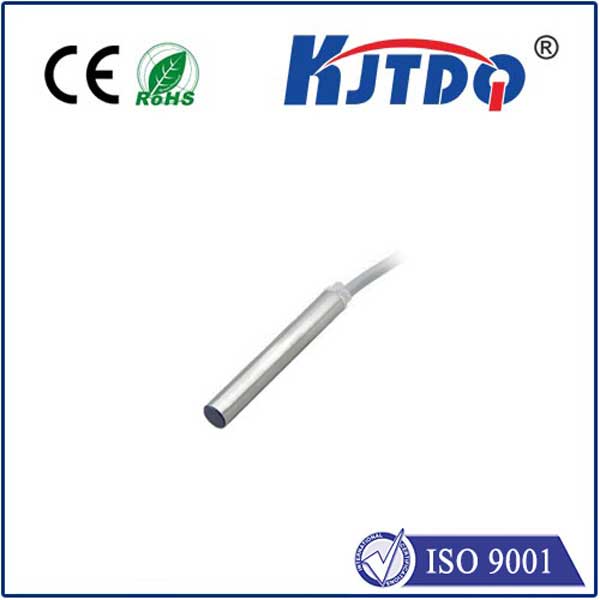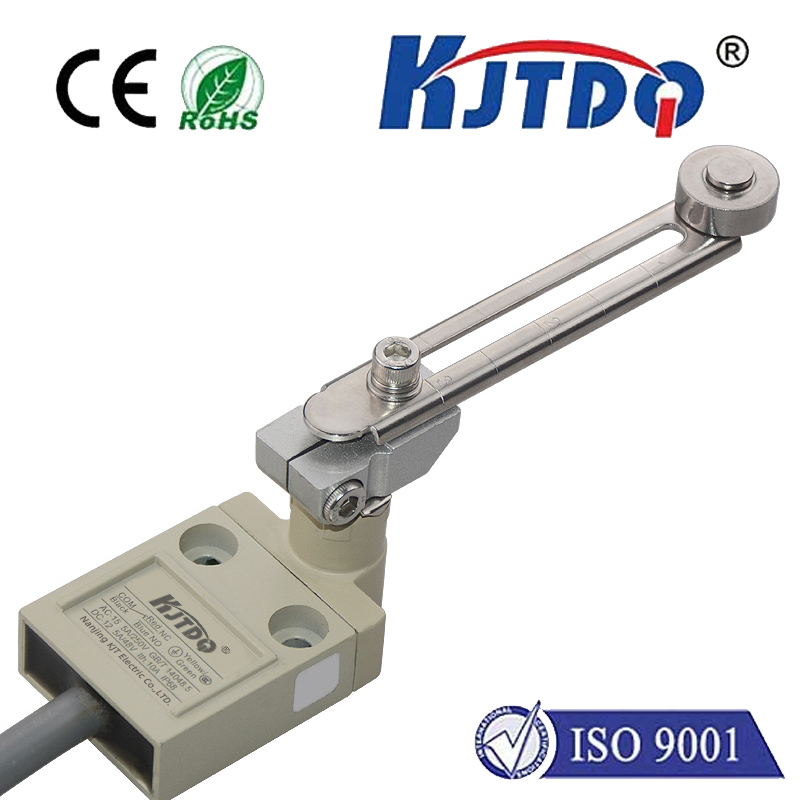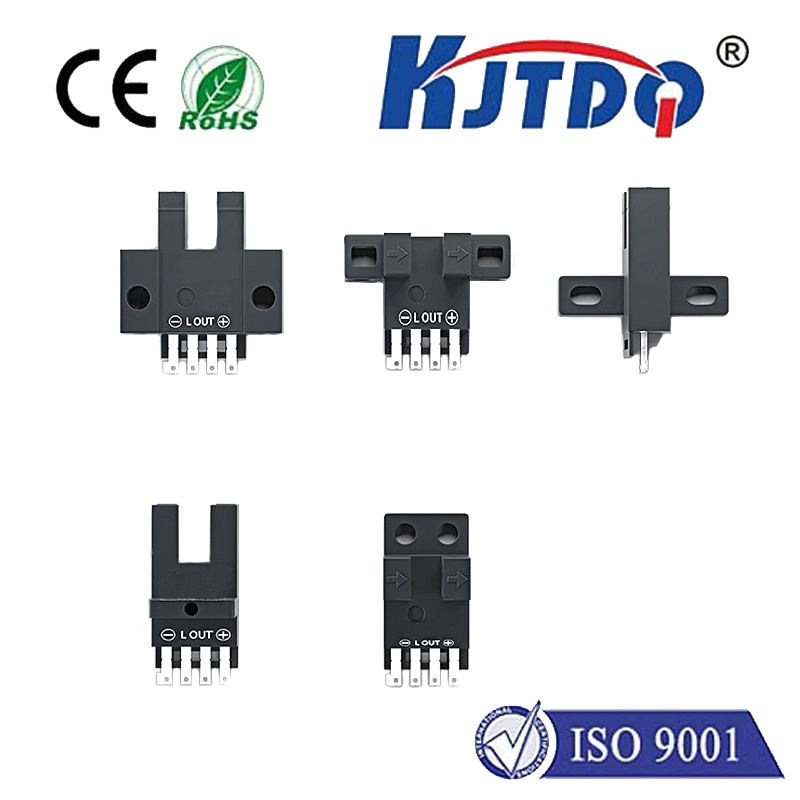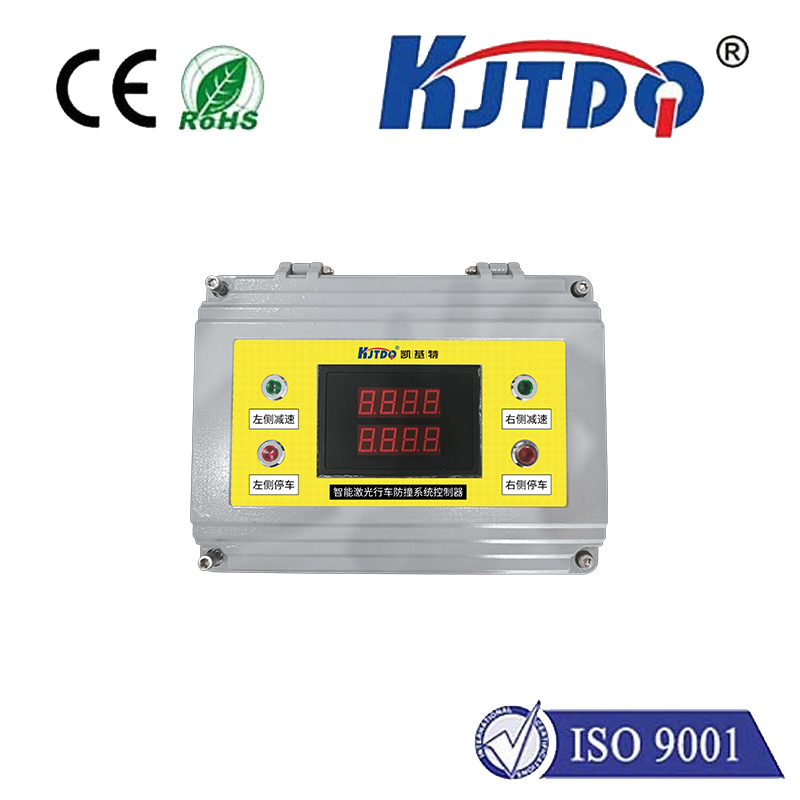

check

check

check

check

check

check

check

check

check

check
Light Photo Sensor: Revolutionizing the World of Electronics
As technology continues to advance, the need for more efficient and innovative devices becomes increasingly important. One such device that has been making waves in the electronics industry is the light photo sensor. This revolutionary component has revolutionized the way we interact with our surroundings, allowing us to harness the power of light in unprecedented ways.
At its core, a light photo sensor is a device that detects changes in light intensity. It consists of a photodiode, which converts incident light into an electrical current, and a circuit that measures this current to determine the level of ambient light. The sensor is incredibly sensitive, capable of detecting even the faintest glimmer of light, making it ideal for use in a wide range of applications.

One area where light photo sensors have had a significant impact is in the field of automation. Industrial machines rely on these sensors to accurately measure and control the amount of light present in their environment. This helps to ensure that processes run smoothly and efficiently, reducing downtime and increasing productivity.
Light photo sensors also play a crucial role in the world of smartphones and other portable devices. They are used to automatically adjust screen brightness based on ambient lighting conditions, helping to conserve battery life while providing an optimal viewing experience for users.
Another exciting application for light photo sensors is in the realm of renewable energy. Solar panels, for example, utilize these sensors to track the position of the sun and maximize their exposure to sunlight. This allows them to generate more electricity and reduces the need for additional power sources.
In addition to these practical applications, light photo sensors have also found their way into the world of art and design. Artistic installations often incorporate these sensors to create interactive displays that respond to changes in lighting conditions, captivating viewers and pushing the boundaries of what can be achieved with technology.
Despite their many benefits, there are still challenges associated with using light photo sensors. For example, they can be affected by environmental factors such as temperature and humidity, which can impact their accuracy and reliability. Additionally, integrating these sensors into complex systems can be difficult and time-consuming.
However, with ongoing advancements in technology and increased interest from both industry and academia, it's likely that we will see even more innovative uses for light photo sensors in the coming years. As we continue to explore new ways to harness the power of light, this versatile component will undoubtedly remain at the forefront of electronic innovation.

